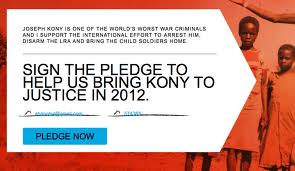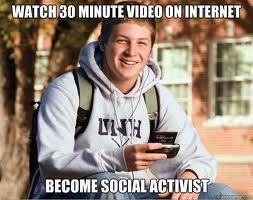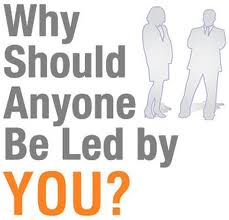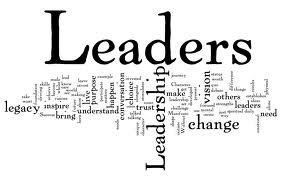Welcome to “Mondays with Marissa” at DonorDreams. Every Monday throughout 2012, we will start your non-profit week off right with a technology related topic before returning our attention to donors, fundraising, resource development and all things non-profit. We hope you enjoy Marissa as a new addition to the DonorDreams family!
 Having a donor database that fits the needs of your organization can make a world of difference. So, how do choose the right one? When I sat down to think about it, it is a lot like buying a car.
Having a donor database that fits the needs of your organization can make a world of difference. So, how do choose the right one? When I sat down to think about it, it is a lot like buying a car.
There are some people who are more impulsive with their car buying than others. They walk into a dealer knowing they want a blue one with a sun roof and satellite radio. While others take their time to research and test drive different models; finding a car that has exactly what they need at a price they can afford. Both consumers get what they want, but the consumer who went with the second approach might have gotten a little more for her money. Let’s apply that strategy to finding the perfect database solution for your organization.
First, you want to make a list of what you are currently using. This not only includes the current donor database you are using (if you are using one), but the types of computers, any paper filing systems, the technological competency of the people responsible for maintaining the database, etc. Everything you are using to keep track of donor interactions should go on this list. It would be helpful to break down each item into as many details as possible. For example, when cataloging the types of computers being used, list how old they are along with the installed operating system. Next to each item, make sure you include a small statement about how well the item is satisfying the needs of the organization. Being specific now will only help you later.
I should note that if there are plans to upgrade technology, expand staff, or change facilities soon, make sure you have all of those details as well. The database you choose will exist in that environment. So, you might as well plan for it.
 Second, you want to prioritize the requirements that you want included in your new donor database. This is the fun part. Don’t think about money. I’ll say it again because I know, working at a non-profit you probably don’t hear that very often — don’t think about money. The goal is to figure out what features are needed for the software of your dreams. Think about the functional requirements such as the need for data back-up, ability to print, run reports, can it run on both Mac and PC, does it need to run on both Mac and PC, does it offer a secure log in, is the design customizable, etc.
Second, you want to prioritize the requirements that you want included in your new donor database. This is the fun part. Don’t think about money. I’ll say it again because I know, working at a non-profit you probably don’t hear that very often — don’t think about money. The goal is to figure out what features are needed for the software of your dreams. Think about the functional requirements such as the need for data back-up, ability to print, run reports, can it run on both Mac and PC, does it need to run on both Mac and PC, does it offer a secure log in, is the design customizable, etc.
Next, turn your thoughts to donor management. What functions do you need included to successfully manage your donors? Some items might include: scheduling, reminders, calendars, events, employee matching, the ability to export to Quick Books, and forecasting.
Make your lists detailed and long. Then sit down and prioritize the list into what is needed most. This isn’t to say that you won’t be able to attain everything on your list, but having priorities will help steer you to the right vendors.
Third, investigate your options with the available vendors. (To help you narrow the field, you can check out sites such as techsoup.org and idealware.org.) Then you’ll want to take the information you receive from the vendor and see how it closely matches your lists. This, of course, is where money comes into play. When thinking about the total cost of purchasing a new database system remember that it includes: equipment, maintenance, training, implementation, customization, downtime during conversion and tech failures. Also, don’t forget to question the vendor to make sure that they are a good fit for your organization. Do they have customer service hours when you need them? Do they have a large non-profit customer base? After considering all of these options, choose the product that will work best for you. It might turn out that the best solution is continue using what you already have or switch to using a CRM.
Oh yeah, don’t be afraid to ask for references and check them!
Finding a new donor database that works best for your organization is not so different then buying a car. By assessing what you have, listing what you need and researching what’s out there; you can walk into the dealer as an educated consumer and can walk out with the product that meets your needs, most of the time at the price you had in mind.
Here’s to your health!

 It is that time of the year when Giving USA releases its findings on how well (or not so well) the charitable giving sector did in the previous year. After adjusting for inflation, the experts tell us that charitable giving rose less than one percent in 2011, and individual giving did about the same.
It is that time of the year when Giving USA releases its findings on how well (or not so well) the charitable giving sector did in the previous year. After adjusting for inflation, the experts tell us that charitable giving rose less than one percent in 2011, and individual giving did about the same.


























